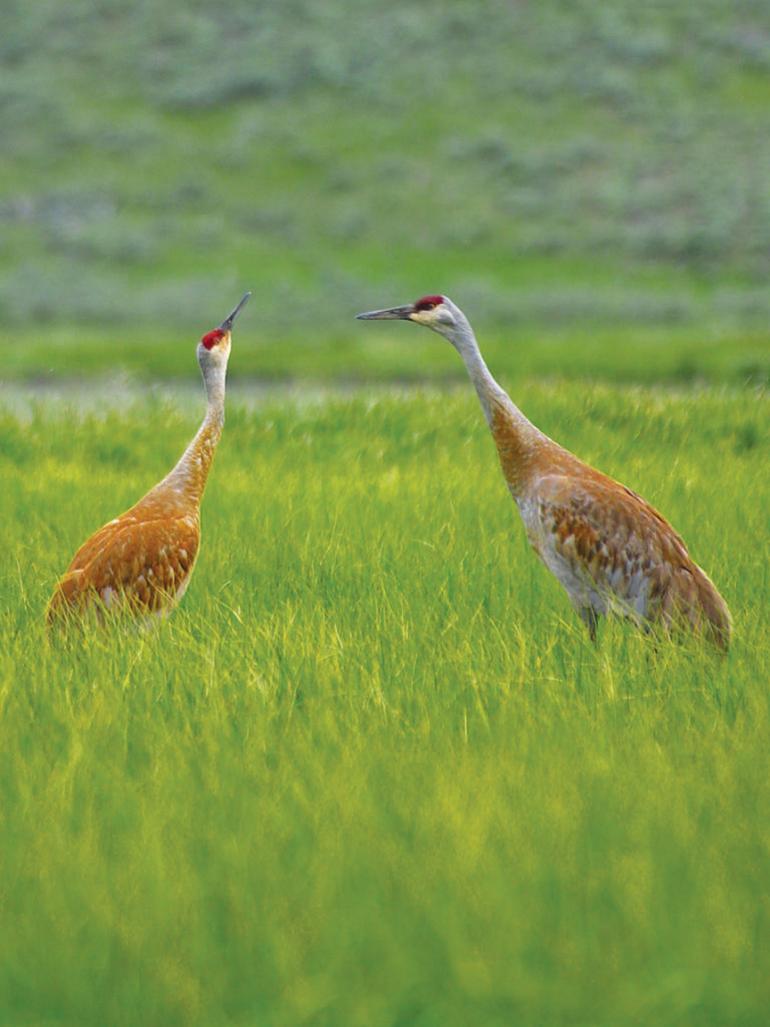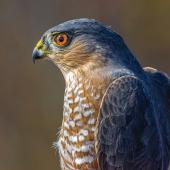Love Is in the Air
Just look to the birds.
If seasons inspire emotion, then spring is the season of love. Just look to the birds.
Two sandhill cranes arrive in a wet meadow, which they’ve nested in for years. They face each other and with wings held high, they bow gracefully, beginning a dramatic and lively courtship dance.
A bald eagle delicately presents salmon sushi to his mate of ten years. In turn, she makes eagle “baby talk,” uttering a plaintive peenting call and showing behavior typical of a young nestling.
Of course, nobody knows what these birds actually feel, but a process is taking place. In the case of many large birds, it will keep them together for life. The bonding of geese and swans is legendary. Documented stories exist in which one member of a pair dies and the other passes away soon after with no obvious physical trauma—heartbroken. Survivors may wait years before taking on a new mate. Sometimes the “pair bond” is so strong that it’s actually detrimental to overall nesting success or health.
It takes a long time for large birds to raise a youngster large enough to fly and migrate. By maintaining an established mate, a measure of efficiency is gained. The birds spend less time nesting, getting acquainted, and developing a pattern of foraging. Familiar pairs simply have a routine and a common mission. It’s practical, if not romantic.
But for some bird pairs, there is more than just a seasonal bond. They are truly—for better or worse—mated for life.













